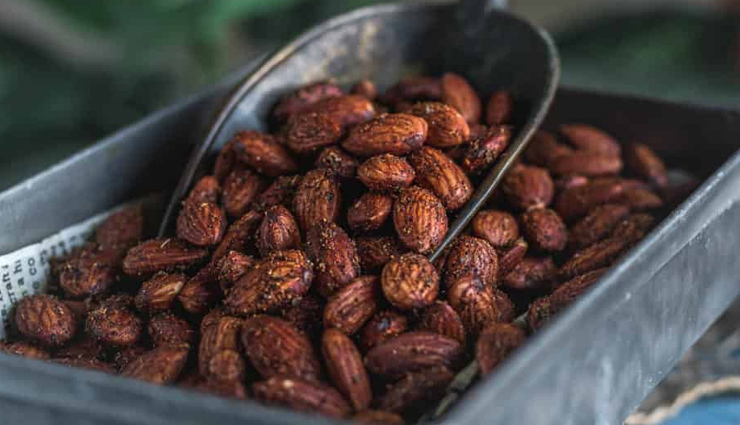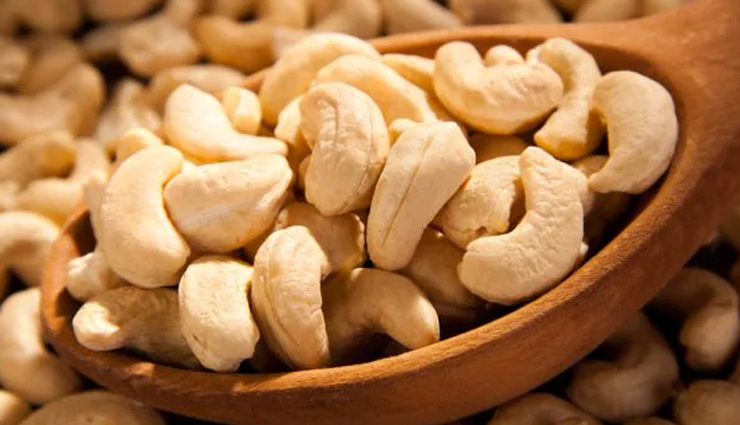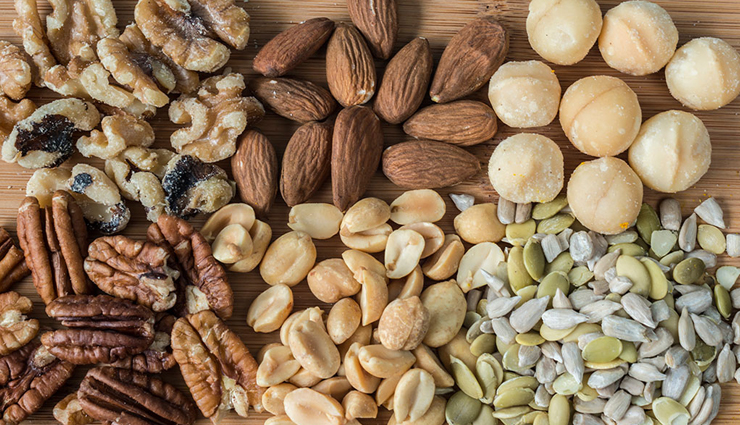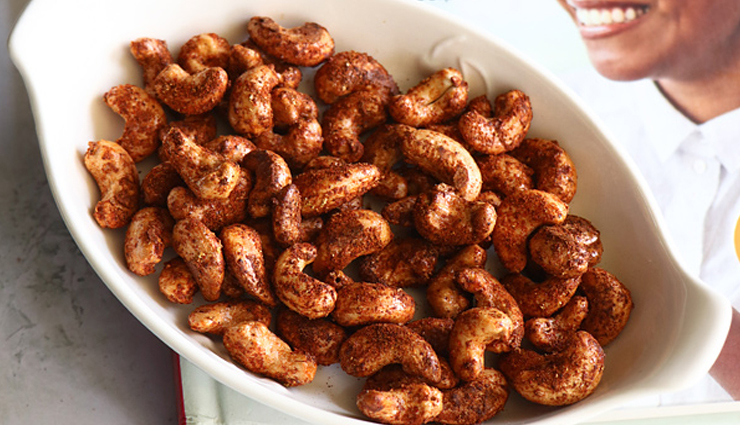- Home›
- Healthy Living›
- 5 Pros And Cons Of Raw And Roasted Nuts
5 Pros And Cons Of Raw And Roasted Nuts
By: Kratika Tue, 14 Feb 2023 5:48:27

Are you nuts about nuts? Well, you should be! They’re rich in protein and good fats, making them a valuable health food. Yet, you might wonder which is better: raw or roasted nuts.
Both raw and roasted nuts have their own distinctive flavor. Choosing both types on different days is a great way to switch things up. Additionally, between peanuts and tree nuts, there are many varieties out there. But like all foods, preparation changes everything. There are pros and cons to raw and roasted. To weigh the benefits, here’s what you need to know.

# Calories In Raw And Roasted Nuts
In moderation, nuts can lower your risk for heart disease. They can reduce total cholesterol and even blood pressure. Apart from these, nuts are also high in calories. Roasted nuts can tack on a few more. After all, these nuts require oil. The caloric difference isn’t much, so it might not be enough to deter you. For example, one ounce of raw cashews has 157 calories. The same amount of oil-roasted cashews has 163 calories.

# Monounsaturated Fats In Raw And Roasted Nuts
Nuts are full of monounsaturated fat, a “good” fat that lowers blood cholesterol. This is why they’re heart healthy and protect you from heart disease, the leading cause of death in men and women. While there isn’t a big difference, roasted nuts offer a bit more monounsaturated fat. One ounce of raw cashews has 6.7 grams, while one ounce of oil-roasted cashews has 7.3 grams.

# Phytic Acid In Raw And Roasted Nuts
In nuts, phytic acid is abundant. This form of phosphorous blocks the absorption of iron, zinc, and calcium. These minerals are essential, so high intakes of phytic acid may lead to deficiency. Roasting nuts remove some, if not all, of that phytic acid. However, raw nuts still have most of it intact. To remove the phytic acid, soak raw nuts in water first.

# Bacteria In Raw Nuts
Since raw nuts haven’t been cooked, they’re an ideal home for bacteria. Plus, they’re high in fat and proteins and low in water. If they aren’t stored properly, mold and bacteria can grow. In fact, raw almonds have been linked to salmonella, one of the most common causes of food poisoning. That’s why proper storage of raw nuts is vital. If they’re not refrigerated, high temperature and humidity can spark bacterial growth. Cooking kills salmonella. Therefore, roasted nuts are less likely to be contaminated.

# Acrylamide In Roasted Nuts
Roasted nuts are more likely to have acrylamides. These chemicals naturally develop from high-temperature cooking, such as roasting. In high amounts, acrylamides have caused cancer in animal studies. The amount of acrylamide formation depends on two things: temperature and amino acids. For instance, American almonds contain high levels of asparagine, an amino acid. Roasting them creates more acrylamide than roasted European almonds, which don’t have much asparagine. Roasted American hazelnuts also have low acrylamide levels.





